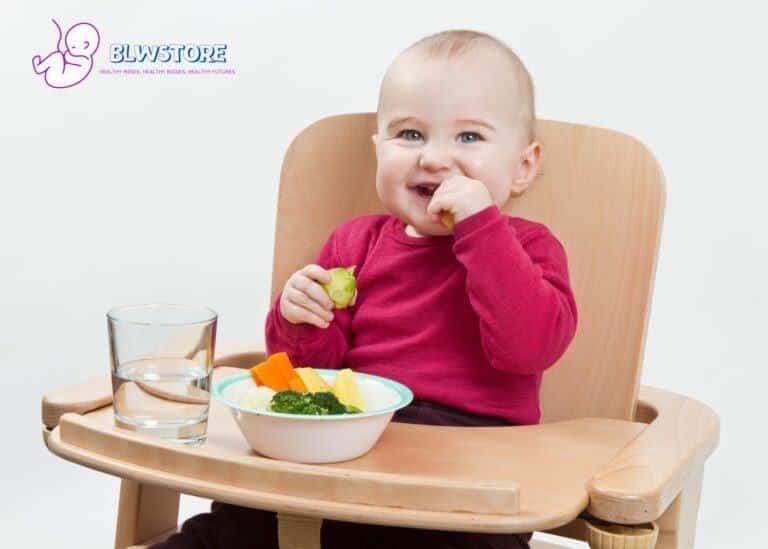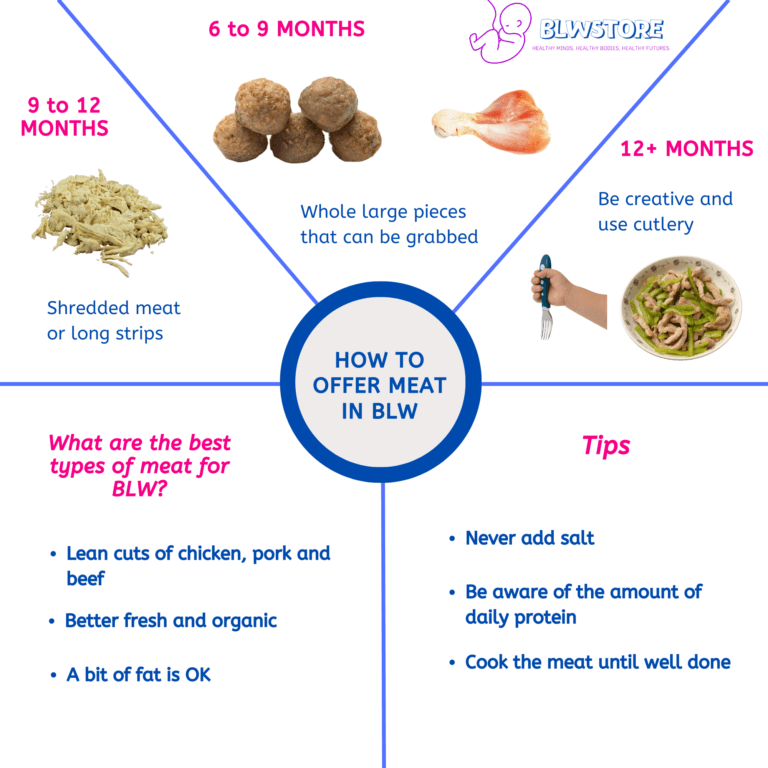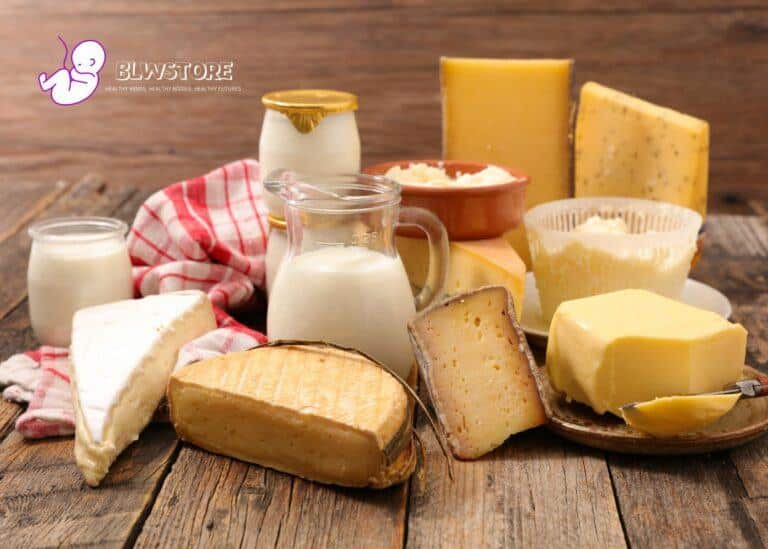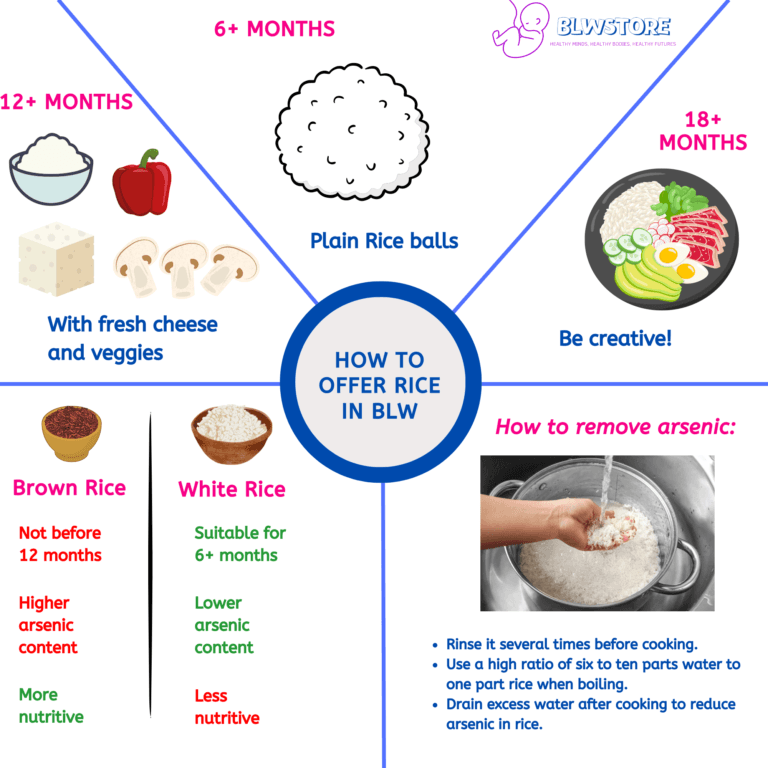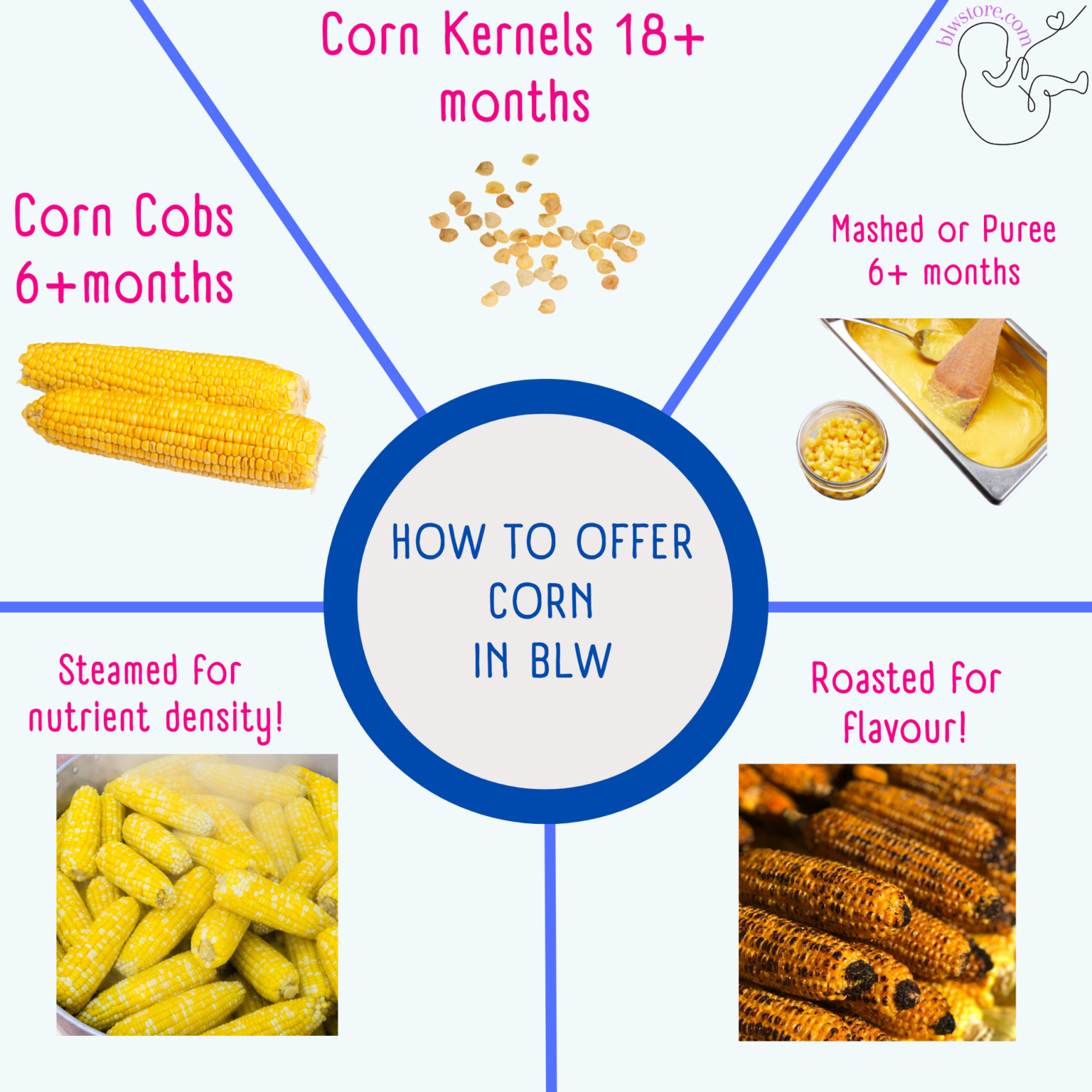
As babies grow, they begin to show signs of readiness for solid foods, and parents start looking for new food options to add to their baby’s diet.
One food that often comes to mind is corn, a staple in many cuisines around the world.
Corn is an excellent source of essential nutrients such as vitamins B, C, and E and is also rich in fiber, making it an excellent addition to a baby’s diet.
However, there are concerns about corn allergies and potential choking hazards, so exploring the benefits and risks of introducing corn to babies is essential.
Baby Led Weaning is the best way to provide your baby with the tools to create a healthy relationship with food and empower his autonomy.
With this guide, you will learn all the key tips and tricks for preparing and introducing corn cobs to your baby in a safe and fun way.
Let’s get after it!
Can Babies Eat Corn?
Yes, they can, but it is essential to know how to prepare it appropriately, depending on their ability to eat solids. Keep reading to learn the best ways to offer corn to your baby.
What is the best way to serve corn to your baby?
You have two options for offering corn to your baby, but only one is safe at first: corn on the cob.
Corn Cobs. 6+months
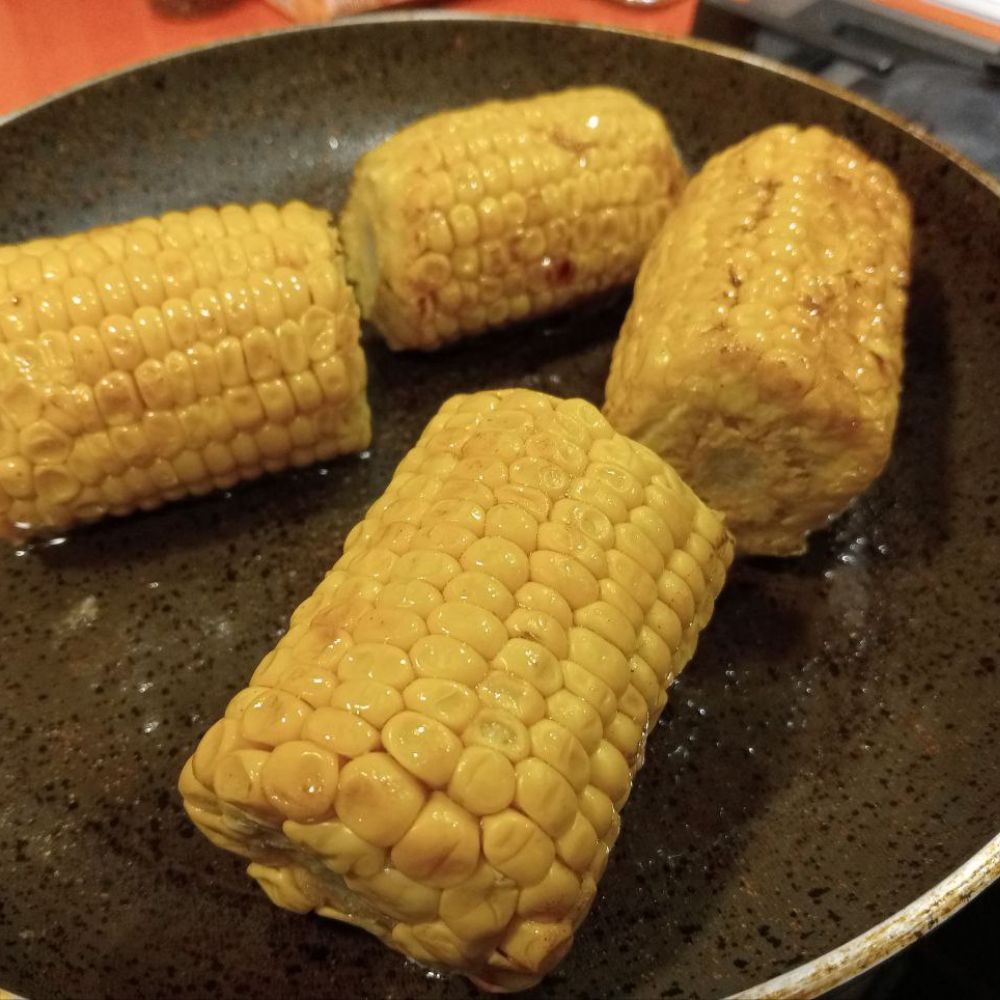
Corn cobs can be a fantastic finger food for babies starting at 6 months of age. This age-appropriate option allows your baby to explore the taste and texture of corn while practicing their motor skills. To prepare corn cobs for your baby, consider one of the following methods:
- Steamed: Steaming corn on the cob helps preserve its nutrients and ensures a soft texture, making it easier for your baby to gum and eat. To steam, remove the husk and silk, cut the corn cob into manageable sections, and steam for 5-7 minutes until tender.
- Roasted: Roasting corn on the cob brings out its natural sweetness and provides a slightly firmer texture. Preheat your oven to 400°F (200°C), remove the husk and silk, wrap the corn cob sections in aluminum foil, and roast for 20-25 minutes until tender.
- Pan-fried: Pan-frying corn on the cob creates a delicious caramelized exterior while maintaining a soft interior. To pan-fry, remove the husk and silk, cut the corn cob into small sections, and cook in a non-stick pan over medium heat for 10-15 minutes, turning occasionally until all sides are golden brown.
Corn Kernels 18+months only
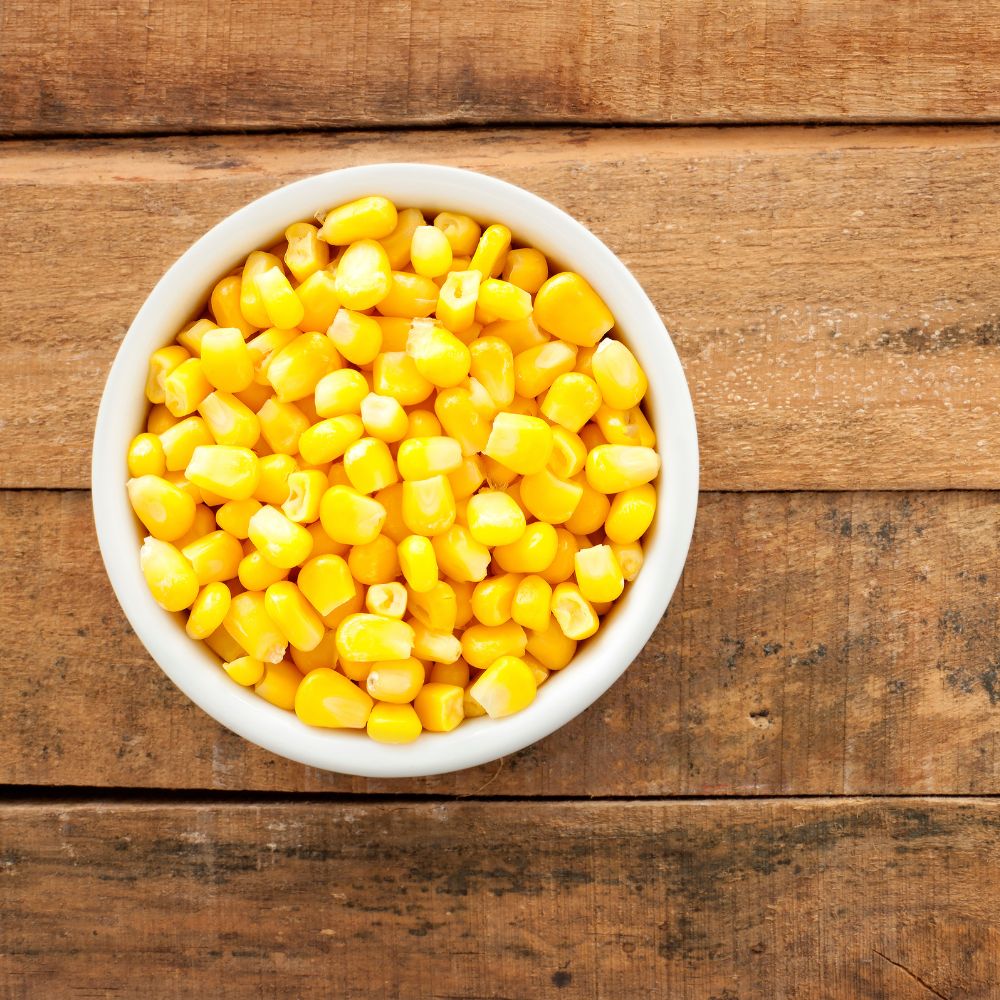
Corn kernels are not recommended for babies under 18 months of age due to their size and potential choking hazard.
Once your child reaches 18 months, you can introduce corn kernels as a new food option. Be sure to monitor your child closely during mealtime to ensure their safety.
If you don’t want to give your baby corn on the cob but want to make him try corn, you can always mash it after cooking and offer it that way.
Why is corn on the cob a good food for BLW?
| Benefits of Corn on the Cob for BLW | Reasons |
|---|---|
| Easy to Hold and Bite | Corn on the cob is perfect for little hands to grasp, making it simple for babies to bring it to their mouths for a taste. |
| Soft and Easy to Chew | Corn on the cob’s tender texture is manageable for babies to gum and chew when appropriately cooked. |
| Good Source of Energy and Carbohydrates | As a complex carbohydrate, corn on the cob is low in simple sugars, resulting in a steadier insulin production and providing sustained energy. |
| Sweet Taste Appeals to Babies | Babies generally enjoy the naturally sweet flavor of corn, making it a delightful addition to their baby-led weaning journey. |
When Can Babies Eat corn on the cob?
At around six months.
To know when your little one is ready for solid food, watch out for signs of fascination with food.
- It could be leaning towards your meal
- Gazing at you eat
- Trying to snatch some food from your plate and pop it in their mouth.
To make this transition smoother, involve your baby in your mealtimes by putting them in a high chair at the same table. This way, they can observe and copy your eating habits, and in no time, their interest in consuming food will be piqued.
What is the best way to cook corn on the cob for BLW?
Steaming and roasting are two great methods for preparing corn on the cob for your baby. Steaming can be done on the stovetop, in the microwave, or using a steamer, while roasting can be done in the oven or using an air fryer. Both methods preserve the nutrients of the corn and enhance its sweetness.
Steaming
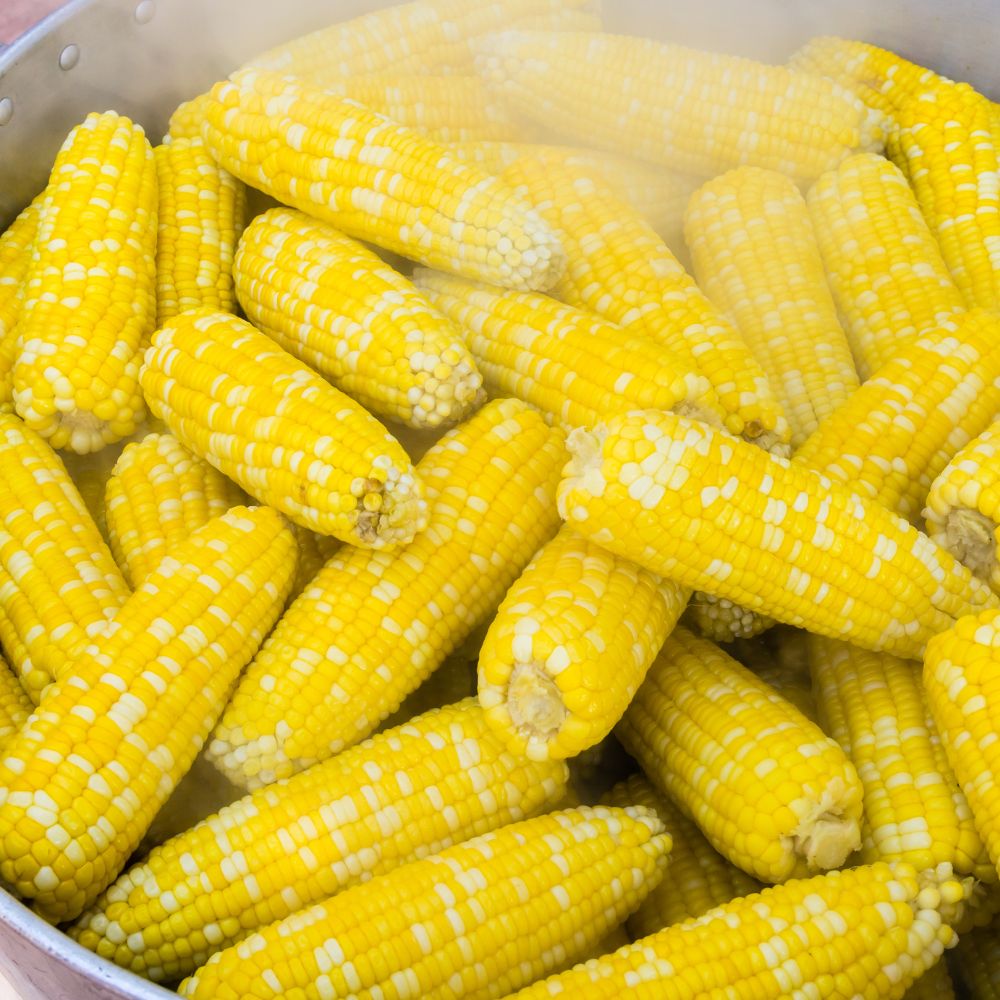
Steaming corn on the cob is quick and easy to provide soft and tasty corn to your infant. There are numerous methods for steaming corn, such as using a burner, microwave, or steamer.
- To steam corn on the cob on the stovetop, you’ll need a pot or big saucepan, a steamer basket, and enough water to cover the steamer basket by about an inch:
Place the corn on the cob in the steamer basket in the pot.
Bring the water to a boil over medium-high heat, then lower to low and allow the corn steam for 5-10 minutes, depending on its size.
When the corn is done, move it to a dish or bowl with tongs and season with extra virgin olive oil and pepper.
- If you’re pressed for time, you can microwave corn on the cob:
To begin, wrap each ear of corn in moist paper towels and place it in a microwave-safe dish.
Heat the corn for 2-3 minutes on high power, then set aside for another 2-3 minutes. When the corn is done steaming, gently take it from the casserole and season with salt and pepper.
- Finally, our preferred method is to utilize a steamer. Simply follow the directions on your steamer, and you’re good to go. A good steamer is handy for preparing nutritious meals for your baby.
Roasting
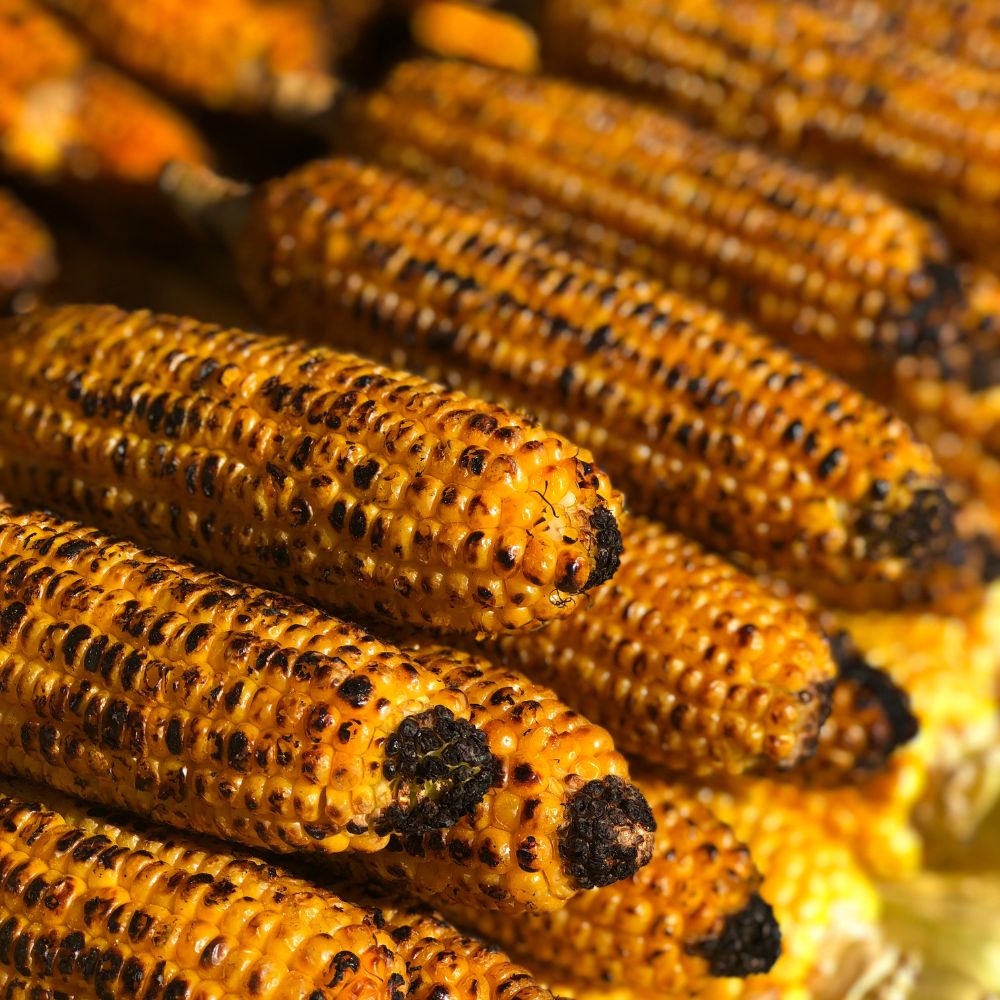
The sweetness of corn on the cob may be enhanced and its nutrients preserved by roasting it. The oven and the airfryer are the two primary choices.
Inside the oven:
- Set your oven’s temperature to 375°F (190°C) first.
- The corn should be cleaned by removing any husks or silk, then rinsing it under cold water and patting each ear dry with a paper towel.
- Next, get ready the corn by smearing each ear with a thin layer of extra virgin olive oil.
- Add some pepper or other spices (remember to introduce spices one at a time)
- A baking dish should be filled with the corn ears, spaced out evenly.
- Bake the kernels for 15 to 20 minutes, or until they start to become golden brown.
Using an airfryer:
- Set the air fryer to 375 degrees.
- Take the corn ears’ husks and silk strands off.
- Corn ears should be rubbed with extra virgin olive oil and pepper or spices.
- Place the corn ears in the air fryer basket.
- 15 to 20 minutes of roasting, turning halfway through.
Is Corn Good for Babies?
Certainly! Sweet corn is a great source of carbs and fiber, and it is also packed with folate, zinc, B vitamins, phosphorus, and vitamin C–all of which are indispensable for baby’s growth.
Sweet corn also has phytochemicals that can help keep eyes healthy, as well as antioxidants to help strengthen baby’s immune system.
If you can’t get fresh corn, you can still reap the benefits with frozen or canned corn. Just make sure to choose cans with “no salt added” or “low sodium” labels and, if available, pick ones marked “BPA-free.”
What is the best way to store corn cobs?
Keep it in the fridge
Make sure to keep your just purchased corn chilled if you want to get the greatest flavor. In order to prevent the corn from becoming starchy, this will assist maintain the natural sugars found in the kernels.
Husks on!
Leave the husks on until the moment you’re ready to eat the corn – this will help retain the moisture. Finally, wrap the corn in plastic before putting it in the fridge.
To ensure the corn stays moist and juicy, you can also put it in a bag – like a grocery produce bag – that allows a bit of air circulation. Just be careful not to seal the bag too tightly, or else it may trap too much moisture and cause mold. You want to keep the corn hydrated while still allowing it to breathe!
Doing these simple steps will ensure that you can savor the delicious flavor of the corn!
Baby Led Weaning corn on the cob FAQ
1. Are corn cobs easy for babies to digest?
Absolutely! Corn is full of fiber, which contributes to a larger stool and promotes regular bowel movements.
Moreover, studies have shown that corn contains certain plant fibers that help sustain healthy bacteria in the intestines.
If you notice some pieces of undigested corn in baby’s stool, don’t worry – this is perfectly normal.
Corn’s outer shell is made of insoluble fiber, which is hard to break down. When you see it in the poop, it is usually just the outer shell, as the inner components are much easier to digest.
2. How long should you cook corn on the cob for?
It’s best to cook it until the kernels are beautifully bright yellow and soft, which typically takes 4 minutes in the microwave or 10 minutes on the stovetop.
3. Can I give my 6-month-old corn on the cob?
Absolutely! Just make sure your baby is ready for solids.
4. Is corn a choking hazard for babies?
Absolutely, so it is still best to be cautious with whole corn kernels off the cob as these can still be a choking hazard, so it is recommended to give your child corn on the cob or puréed corn until they reach the age of 18 months or older.
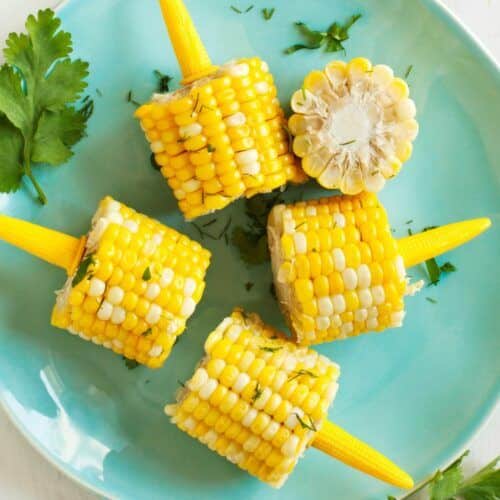
Corn on the Cob for BLW
Ingredients
- 1 ear of fresh corn
- 2 tbsp olive oil extra virgin if possible
- your favorite herbs
Instructions
- Shuck the corn and remove the silk.
- Place the ear of corn in a pot of boiling water
- Boil the corn for 5-7 minutes, until it is tender
- Remove the corn from the pot and let it cool slightly
- Cut the corn into small pieces that your baby can easily hold
- You can lightly brown the corn on the cob by passing it through the pan
- Coat the corn with olive oil and herbs
- Serve the corn to your baby and watch them enjoy!
Notes
- Use fresh corn for the best taste and nutrition.
- This recipe can be easily scaled up or down depending on how many ears of corn you want to cook.
- Avoid adding salt to this recipe as it is not recommended for babies.
Conclusion
In conclusion, corn can be a great way to introduce babies to new foods, as it is packed with beneficial nutrients for their physical and brain development.
It can be served in easy ways, such as finger-sized sticks or cooked fritters, and even pureed for younger babies.
However, it is crucial to be aware of potential choking hazards and take safety precautions, such as offering it appropiately, cooking it thoroughly, and storing it in an airtight container.
Parents should also look out for telltale signs of an allergic reaction or corn allergy and seek professional medical advice if necessary.
With these considerations in mind, corn can be a great snack or addition to a baby’s diet, especially when combined with other nutritious foods like sweet potato or brown rice, and can help support their digestive systems, jaw muscles, and fine motor skills.
We’re Maria and Alberto, a married couple and educators who are nutrition enthusiasts. Even before we had kids, we were already crazy about nutrition.
We’d read scientific articles, watch videos from nutritionists, and spend hours listening to nutrition podcasts.
Today, we continue doing this, but in a different way, as we’ve learned to sift through the noise and trends. Nutrition, like any other field of knowledge, the more you read and learn, the more you develop a comprehensive understanding of reality, and that’s what has happened to us.
Before having our first child, we focused on learning everything we could about child nutrition, using the same techniques we had already employed, backed by our extensive knowledge in nutrition.
Our mission is to help other parents with their children’s nutrition, to help them become the best versions of themselves.
If we are what we eat and drink, which is absolutely true, let’s do it right!




